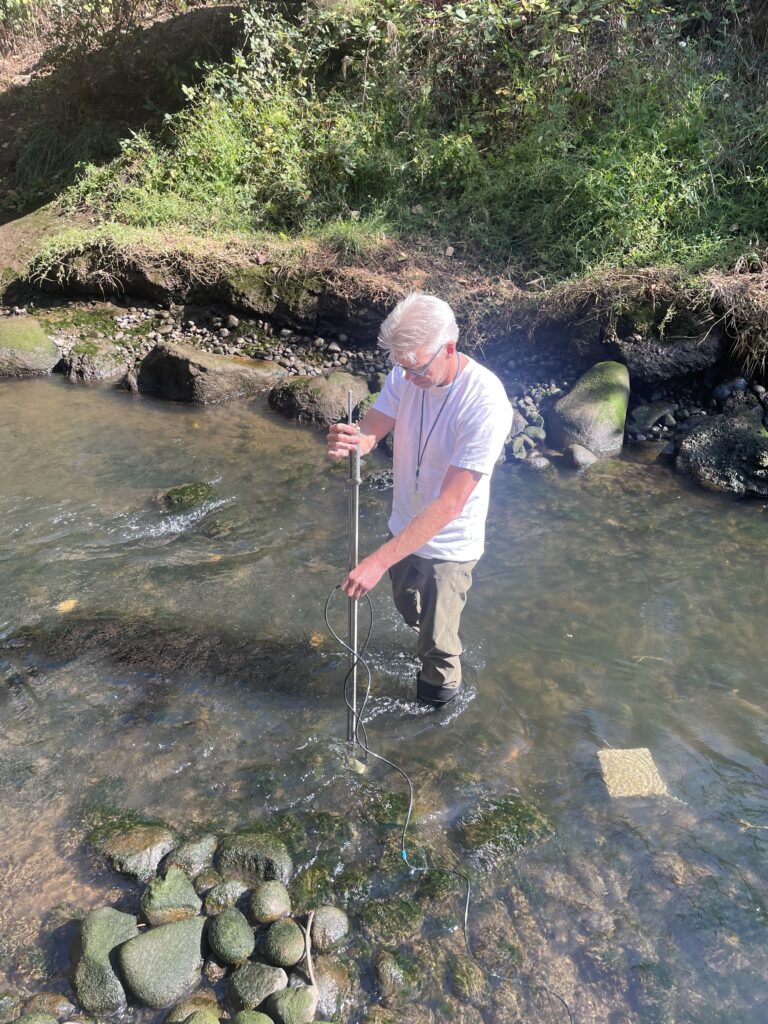Despite more than four decades of a Superfund cleanup along Tacoma’s industrial Tideflats, research suggests that large amounts of toxic chemicals like PCBs and PBDEs may still be entering the waterway. Our affiliates at the Center for Urban Waters are co-leading a new project to identify contaminant hotspots.
When it was first designated in 1983, the Commencement Bay Nearshore/Tideflats Superfund site was considered one of the largest and most significant toxic waste cleanups in the nation. More than 40 years later, the scale is evident in some very big numbers.
Since cleanup efforts began here, government agencies and the polluters deemed responsible have spent more than $600 million to remove toxic contaminants from the sediments and surrounding waters.
Bays and inlets have been dredged and capped, and almost two and a half million cubic yards of sediment have been removed. The Port of Tacoma alone has spent over $200 million on remediation efforts in and around the site, transforming industrial areas, conducting pollution source control and working to restore habitat.
While there have been many improvements and major checks on pollution, marine creatures in portions of Commencement Bay still exhibit elevated levels of PCBs and PBDEs. In 2019, cutthroat trout from the Hylebos Waterway were shown by the Washington Department of Fish and Wildlife to have the highest levels of PCBs of any fish measured by the agency in over 30 years. Recent surveys show that juvenile Chinook and English sole here carry some of the highest PCB levels in Puget Sound. Similarly, high levels of contaminants were found in samples of mussels throughout Commencement Bay, particularly in the Hylebos, Blair, and along the northeast shoreline.
Scientists can’t yet say exactly why this is happening, but regulators are left with a troubling prospect. Could there be undiscovered sources and pathways of contamination in the area?
New work by our affiliates at the Center for Urban Waters (CUW) may help to answer this question. Researchers at CUW in collaboration with the Washington State Department of Ecology and the Port of Tacoma are leading a two-year project to search across the Superfund site for what they are calling “hotspots,” places where chemicals such as PCBs and PBDEs show spikes in concentration. The team at CUW includes chemist and engineer Andy James, who is leading the project; environmental toxicologist Maya Faber; and engagement strategist Marielle Kanojia, who is helping to coordinate the large group of collaborators and stakeholders. Information from the studies will then be compared with other sampling work by Ecology and the Port of Tacoma with the goal of informing cleanup efforts across the Commencement Bay watershed.

While the Superfund cleanup includes a vast array of pollutants ranging from arsenic and heavy metals to dioxin and DDT, the CUW study’s focus on PCBs and PBDEs takes on two especially problematic chemicals facing Puget Sound wildlife and humans.
PCBs (Polychlorinated biphenyls) were banned from production in 1979 but continue to persist in the environment where they bioaccumulate in fish like Chinook salmon that are then eaten by whales and people alike. These legacy contaminants are known to cause cancer and birth defects and are among the leading threats to endangered southern resident orcas in Puget Sound. PBDEs (Polybrominated Diphenyl Ethers) are a class of chemicals used as flame retardants in various consumer products like electronics, furniture, and textiles. Banned only recently in 2009, they can impair brain function and are still found in old products that slough the chemicals into the environment.
The researchers will be focusing on three potential ways that these chemicals may be entering the system, including from the air, stormwater, and sediments that may release additional stores of chemicals into the waterways.
Once sampling is completed, the project partners will work to create a prioritized list of contaminated areas for use by managers, regulators and permit writers. The project will also coordinate with regional stakeholders such as the Puyallup Tribe of Indians, the City of Tacoma, and others, to optimize the study design and ensure the resulting data informs management plans.
Funding for the project comes from the EPA-supported Stormwater Strategic Initiative.
